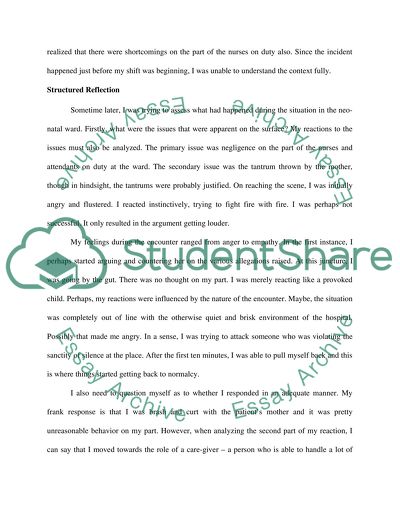Cite this document
(“The Critical Incident: A Challenging Communication Encounter Essay”, n.d.)
Retrieved de https://studentshare.org/nursing/1391275-reflective-paper
Retrieved de https://studentshare.org/nursing/1391275-reflective-paper
(The Critical Incident: A Challenging Communication Encounter Essay)
https://studentshare.org/nursing/1391275-reflective-paper.
https://studentshare.org/nursing/1391275-reflective-paper.
“The Critical Incident: A Challenging Communication Encounter Essay”, n.d. https://studentshare.org/nursing/1391275-reflective-paper.


